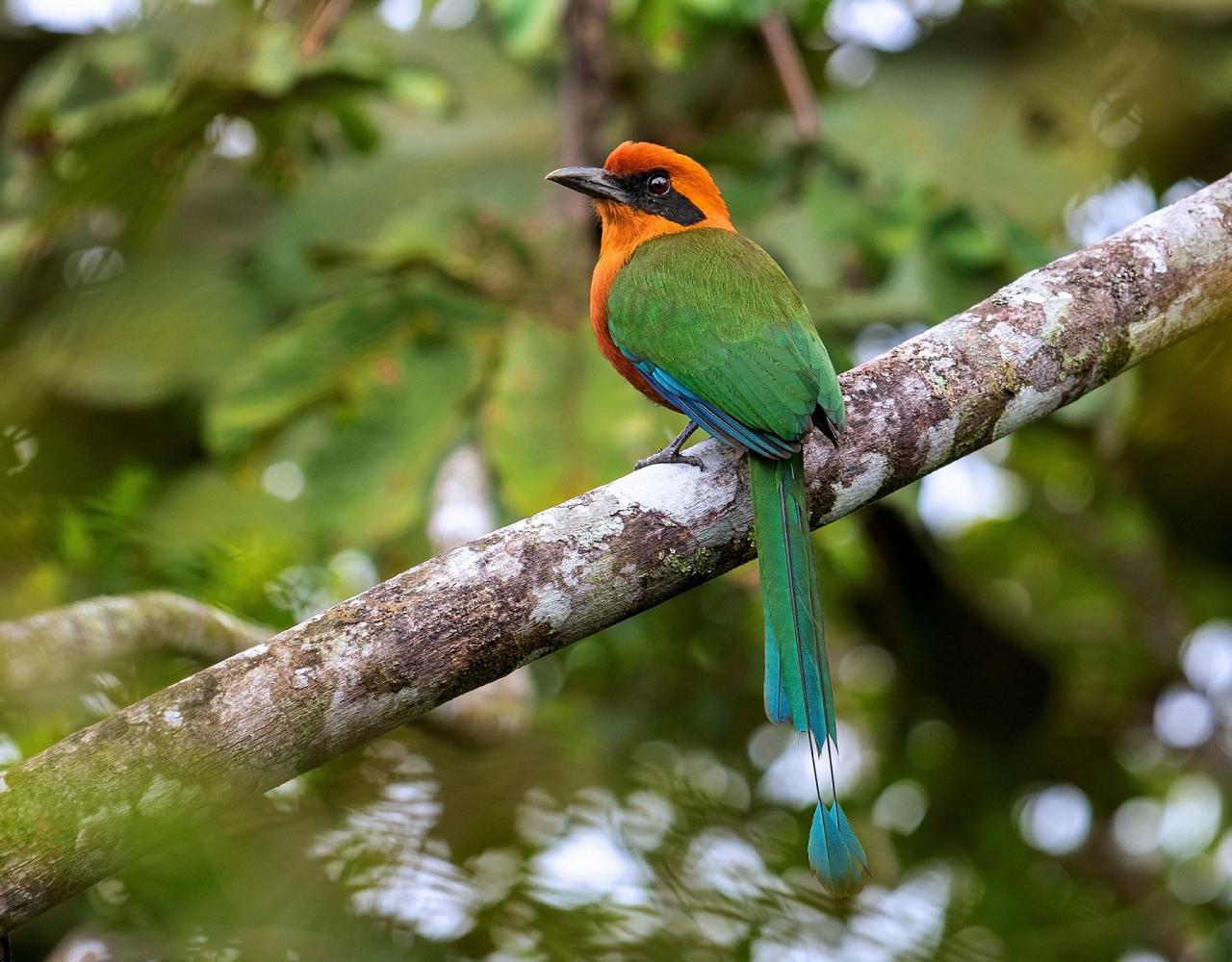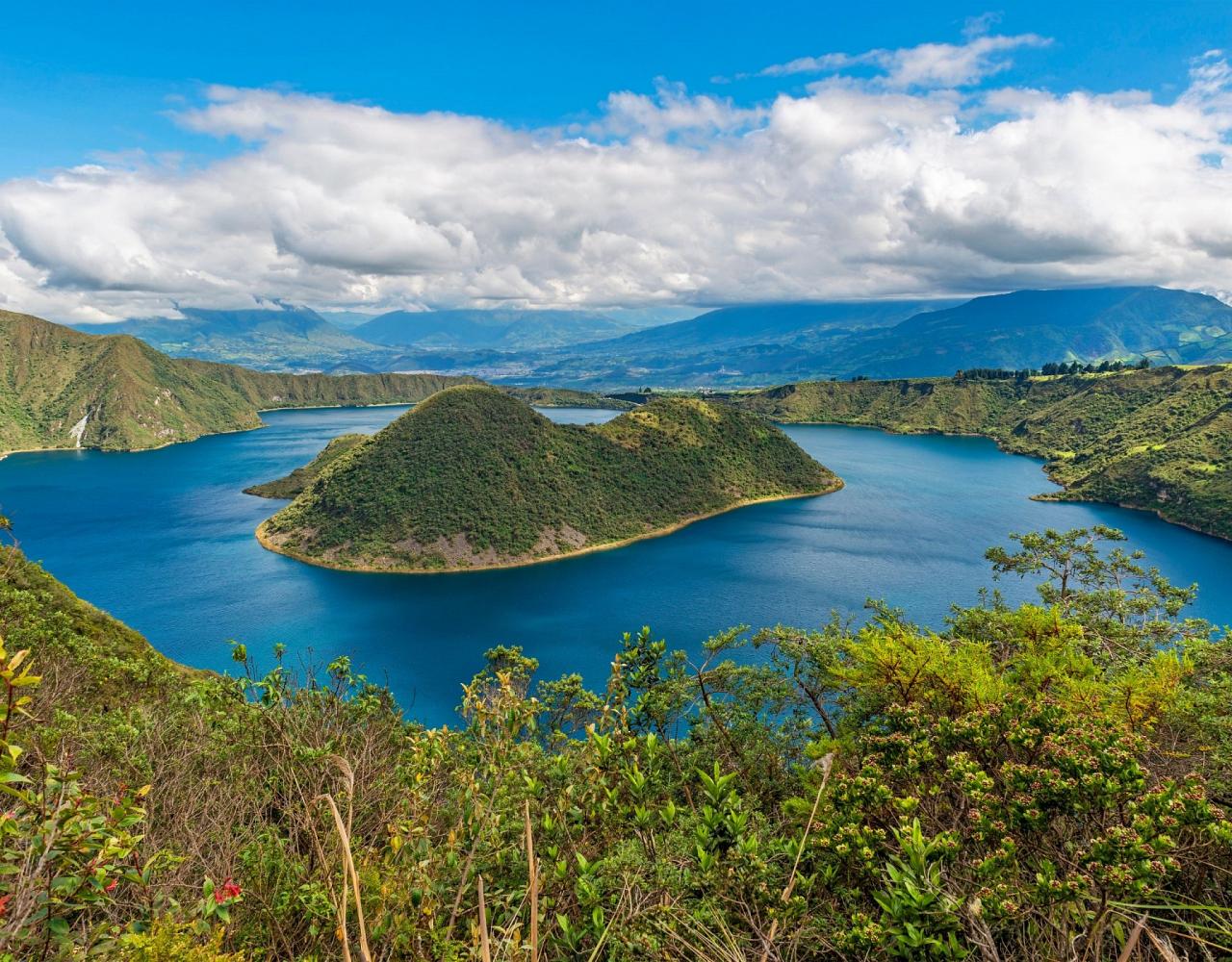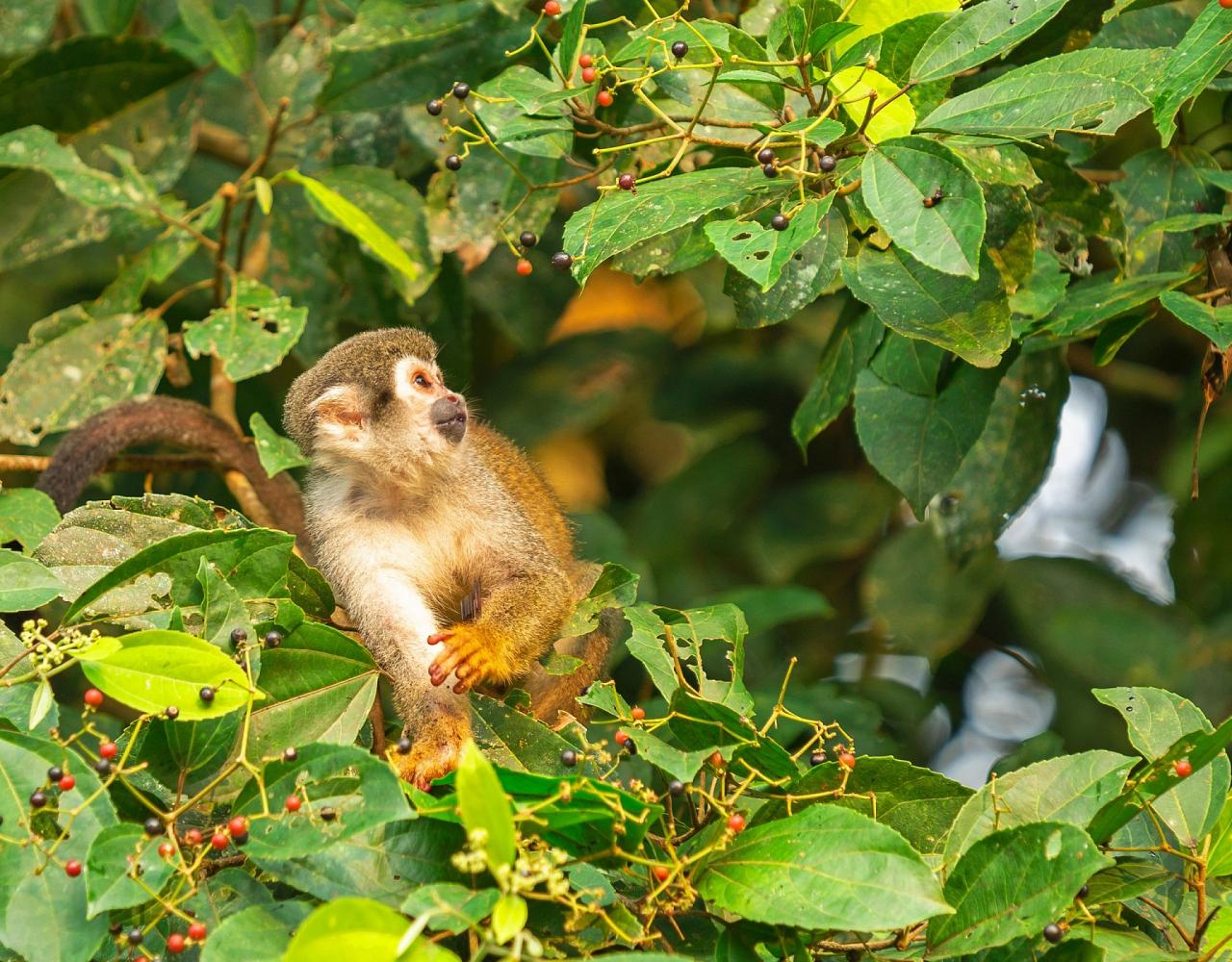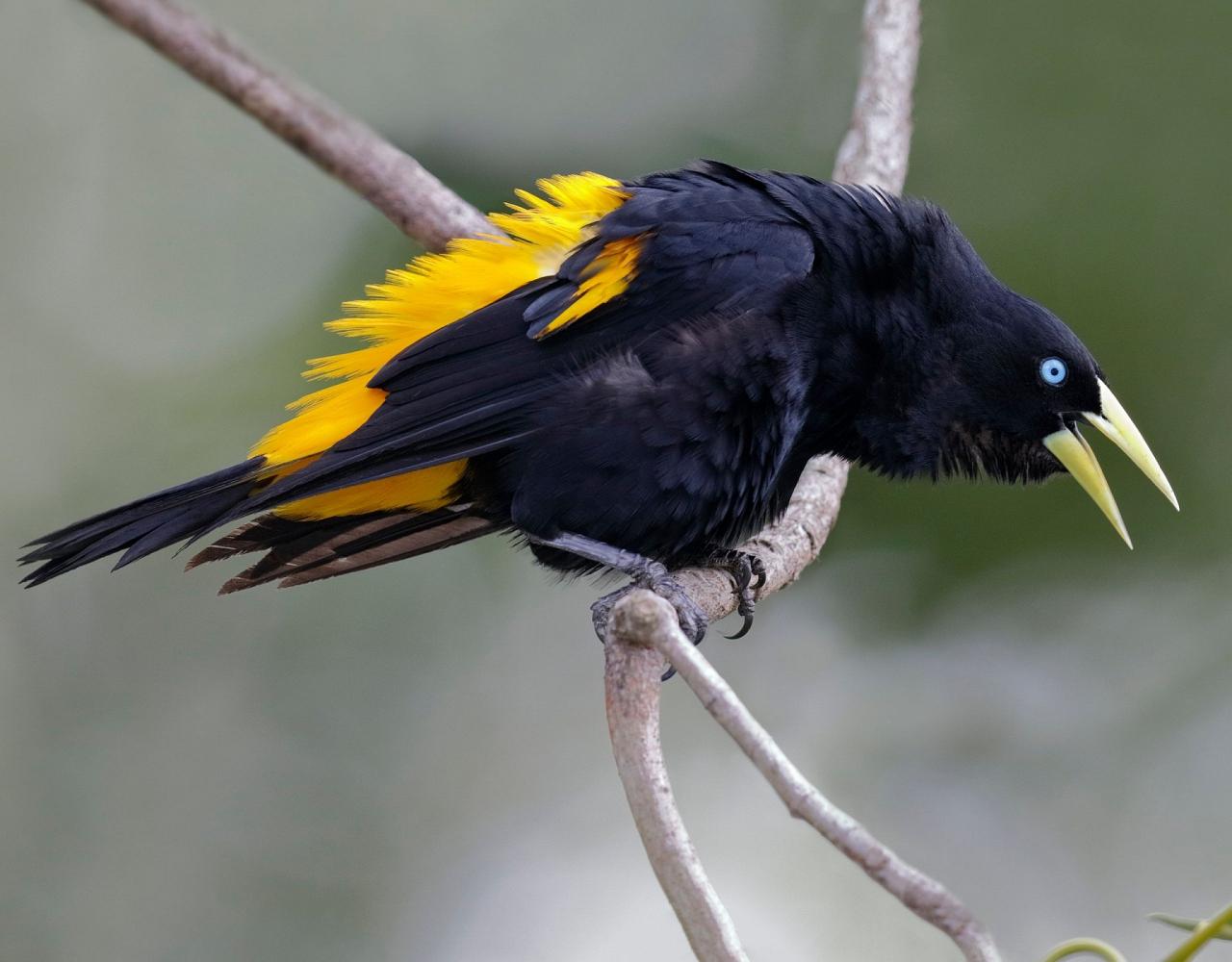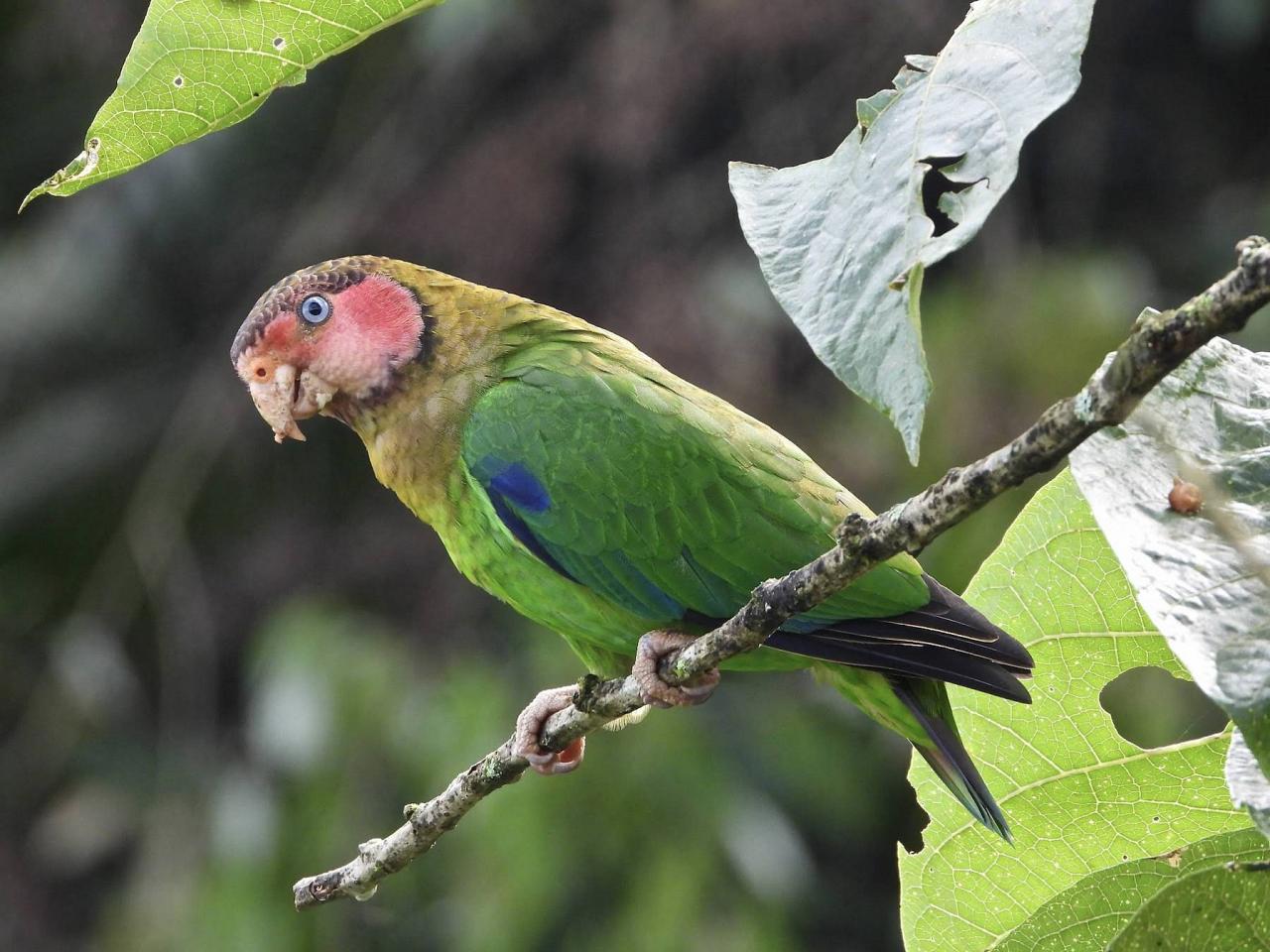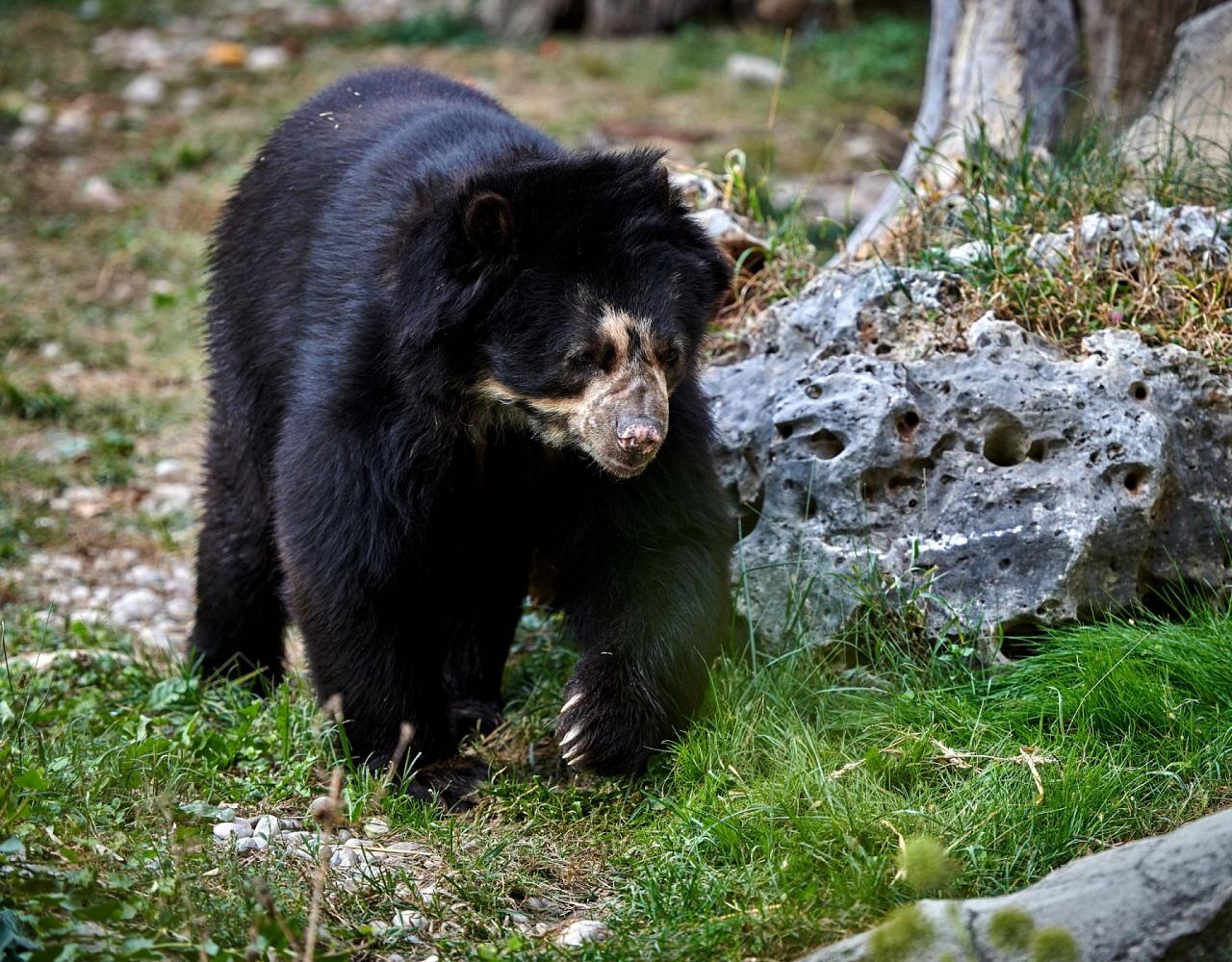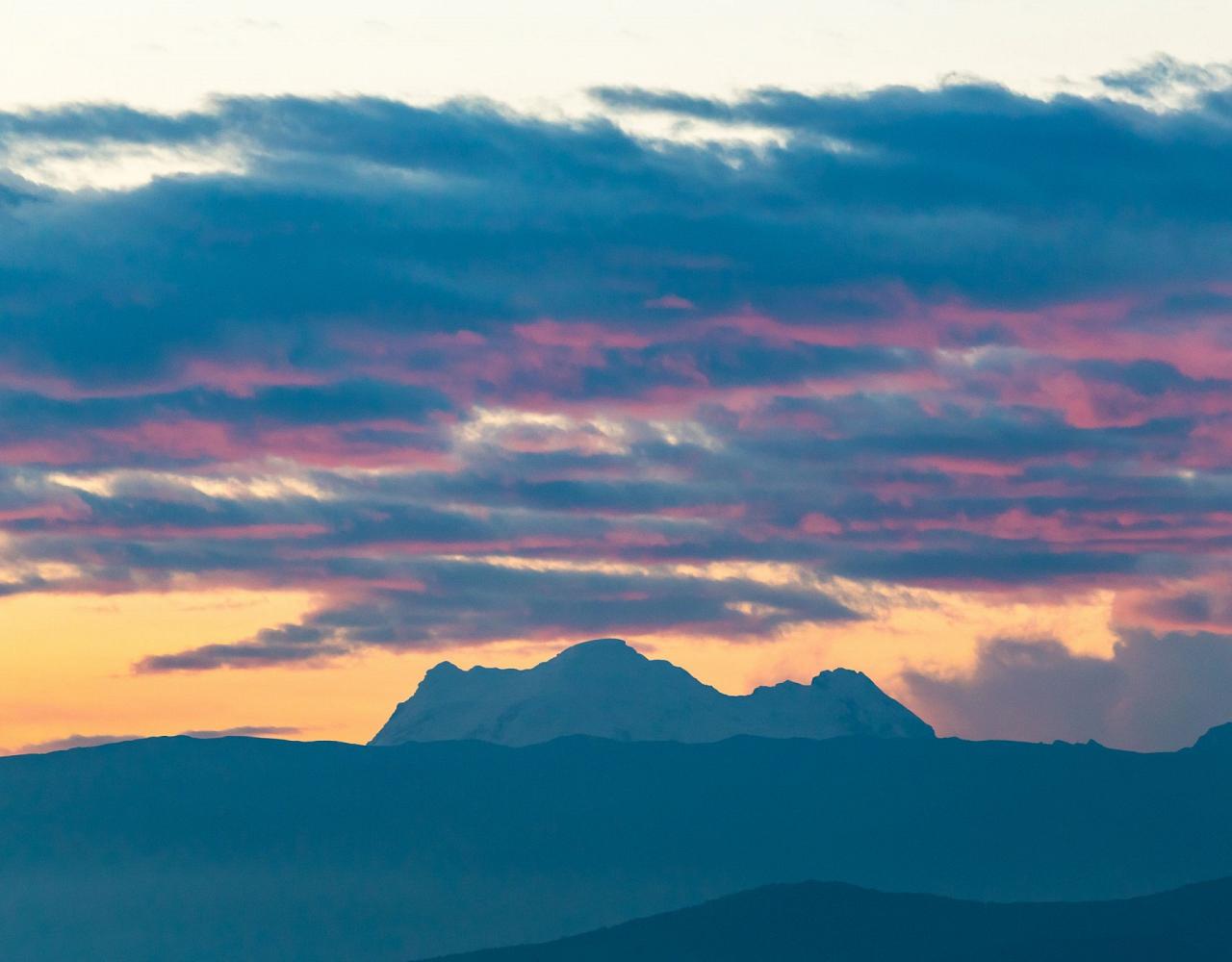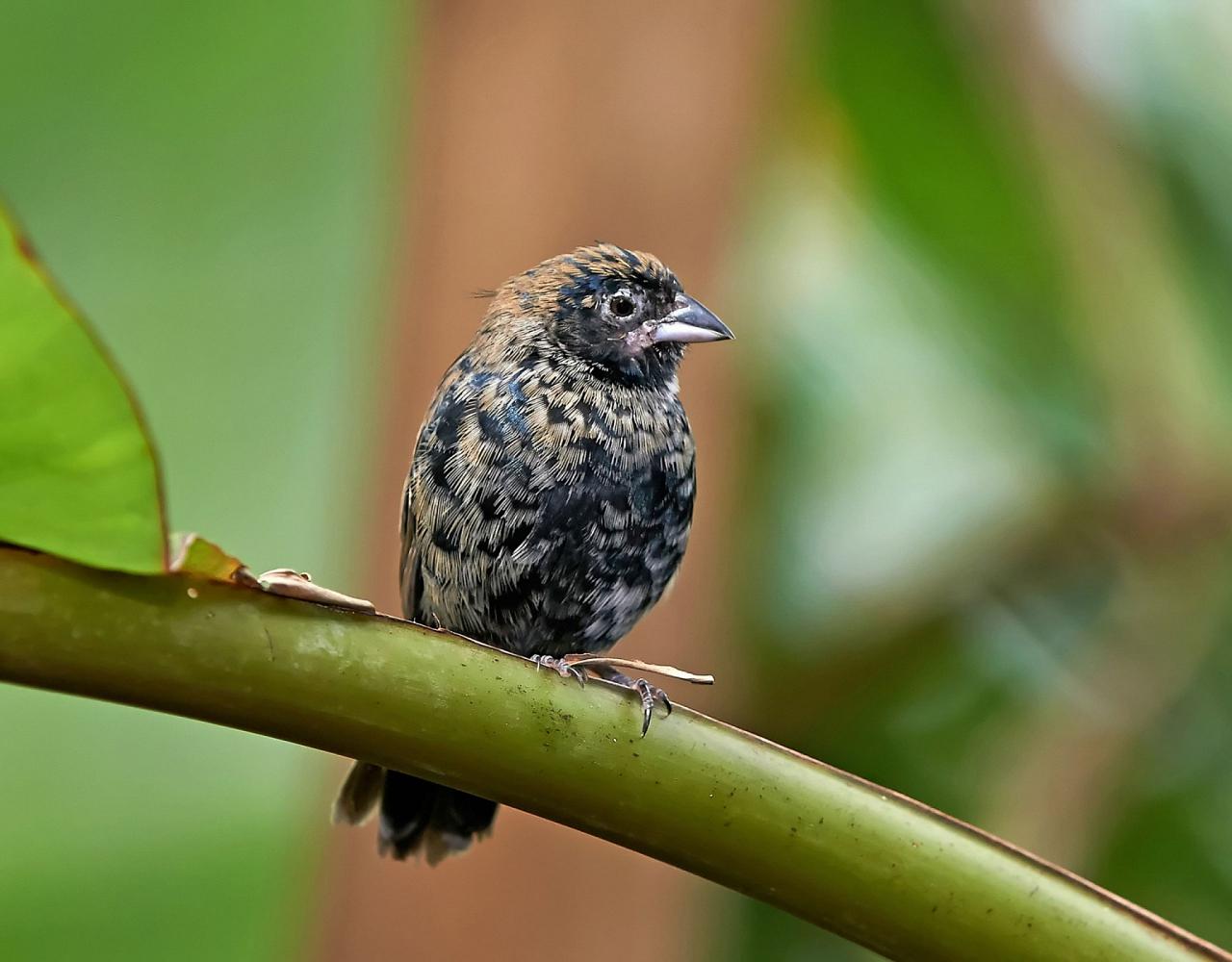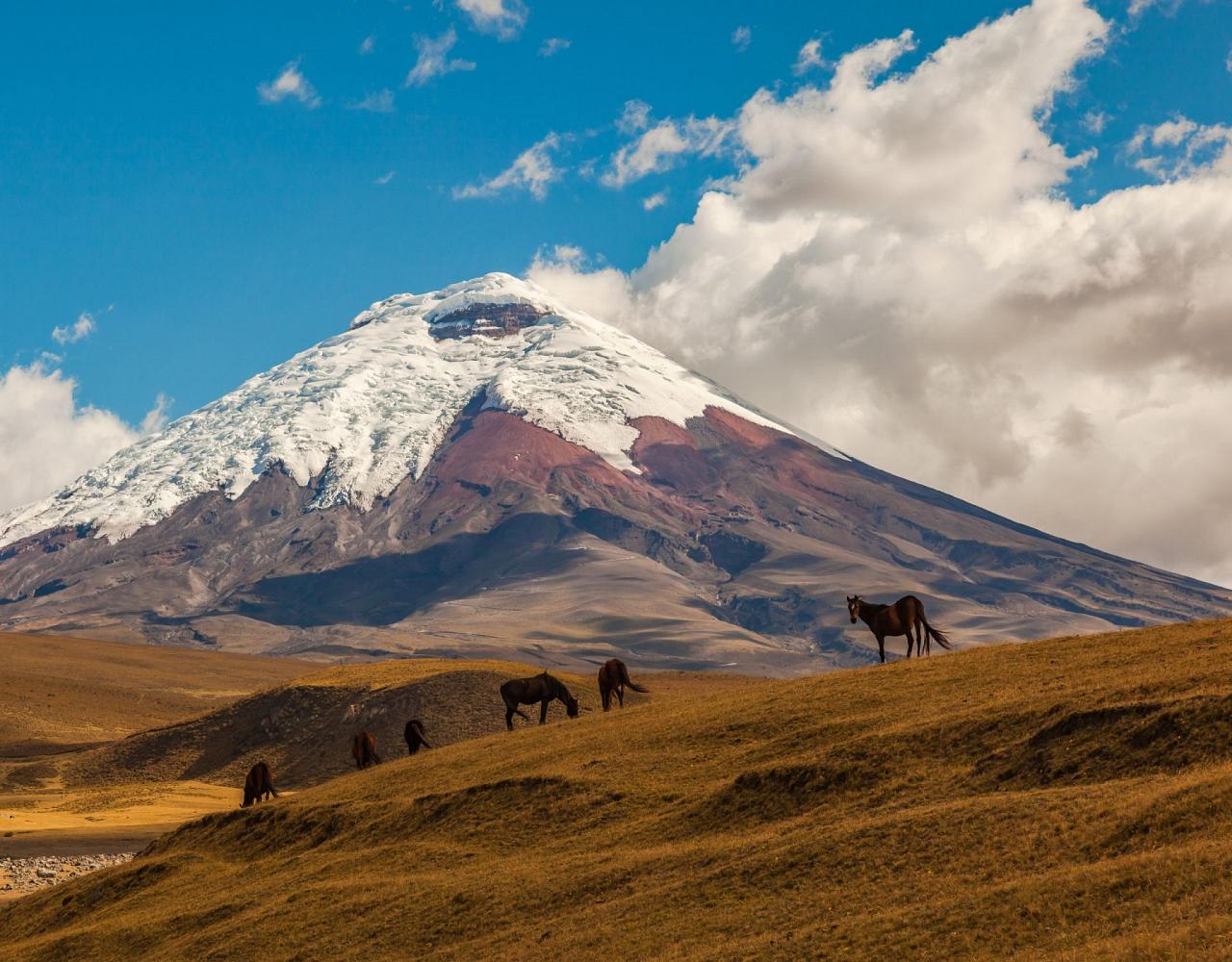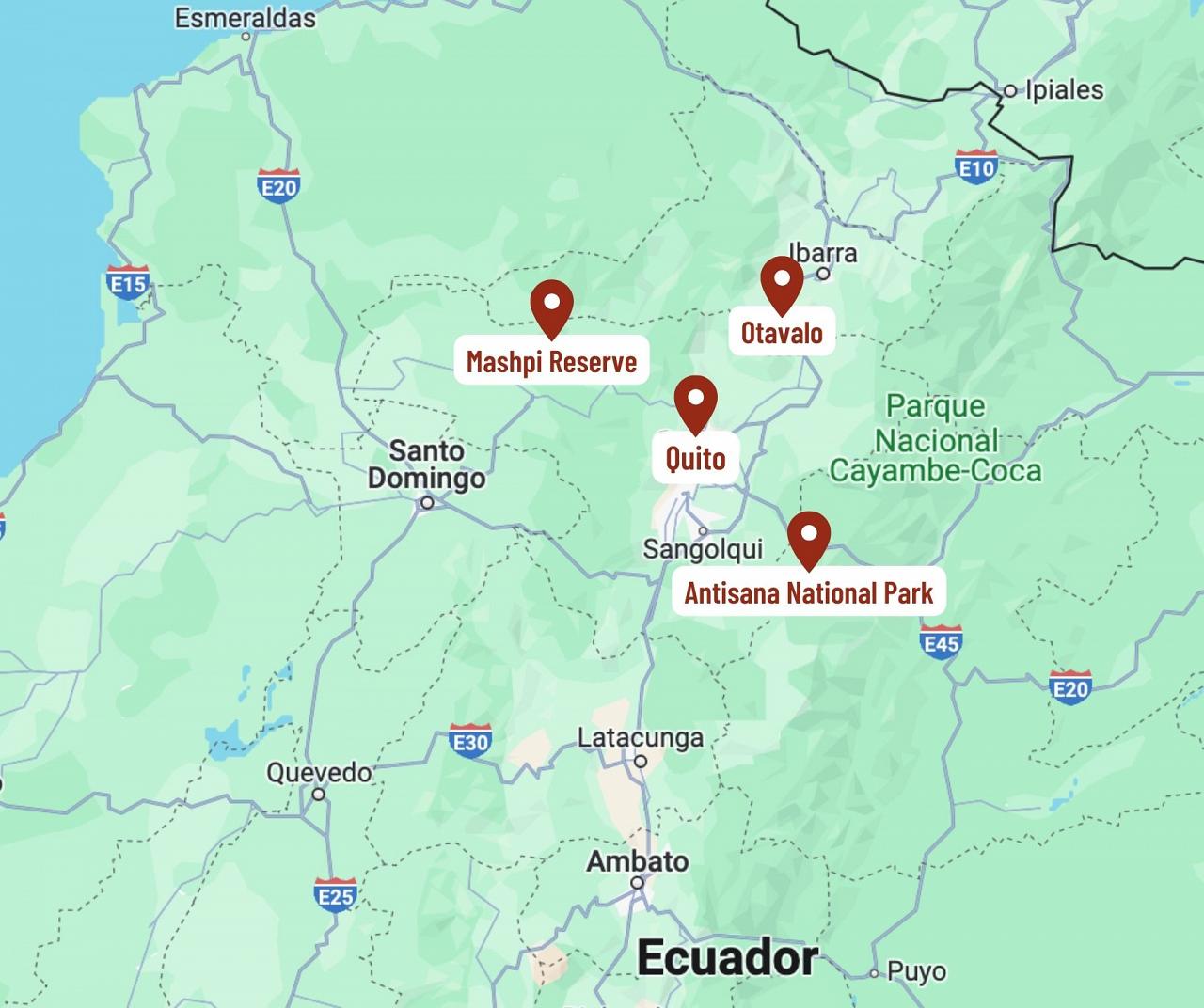- Overview
- Full Itinerary
- Photo Gallery
- Costing
- Travel Details
- Trip Reports
- Guide
- Map
- Know Before You Go
The Andes Mountains of Northern Ecuador are a highly complex system of mountain-ridges and valleys, providing a great variety of habitats within a small geographic area. For decades, birders have recognized the region’s rich biodiversity.
This fun tour, timed for the Christmas holiday, is a fantastic opportunity to immerse in this fascinating landscape and soak in the atmosphere of beautiful, relaxing lodges. Treat yourself to delicious meals, incredible birding, and good camaraderie on our inaugural Christmas in Ecuador tour.
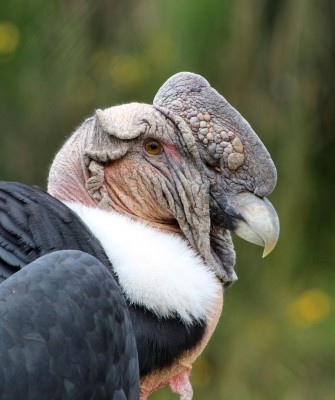
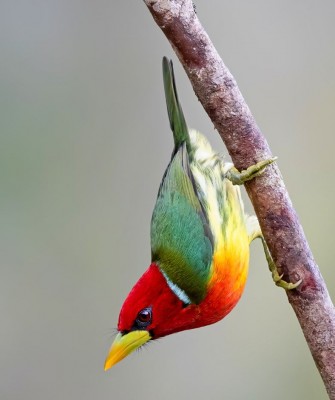
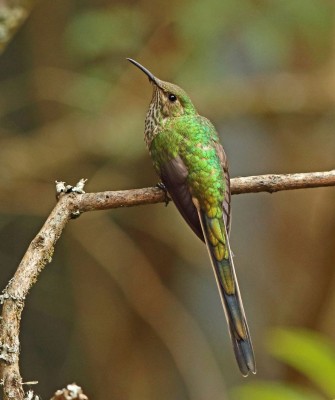
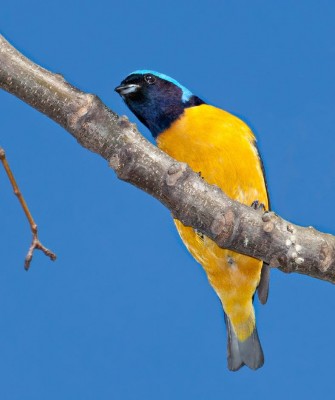
Tour Highlights
- Experience Cotopaxi National Park and its towering, snowcapped volcano
- Relax for two nights at beloved Sachatamia Lodge
- Stop at the Quitsato Solar Clock and Equator museum
- Enjoy three nights at a restored 17th Century estate, home to 50 species of birds, including Golden-rumped Euphonia, Black-tailed Trainbearer, Giant Hummingbird
- Explore Cuicocha Crater Lake, home to Silvery Grebe, Plumbeous Sierra Finch, Scarlet-bellied Mountain Tanager, and more
- Watch for Andean Condor, Black-faced Ibis, Andean Lapwing, and Andean Hillstar at Antisana National Park
- Relax and soak in the Termas de Papallacta hotsprings, a perfect ending to the tour
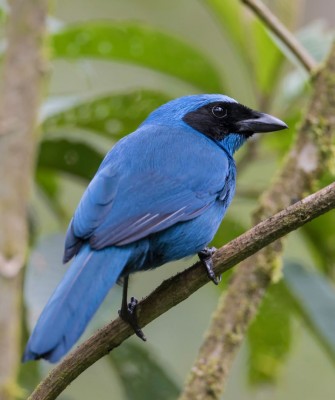
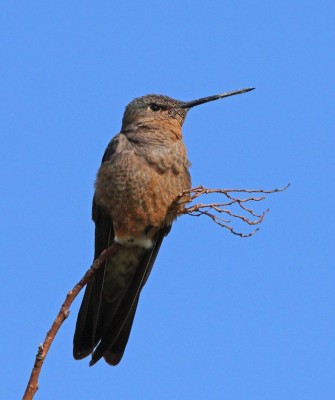
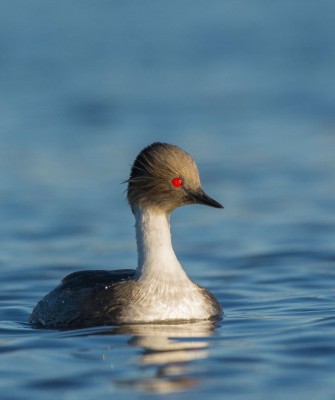
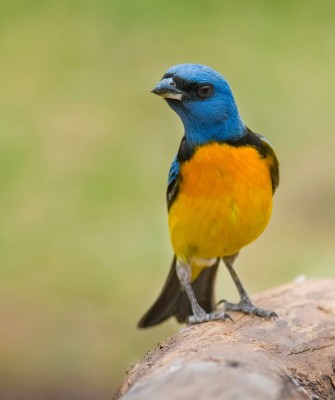
Trip Itinerary
Itineraries are guidelines; variations in itinerary may occur to account for weather, road conditions, closures, etc. and to maximize your experience.
Fri., Dec. 19 Arrivals in Quito
Welcome to Ecuador! Your hotel is a short distance from the Quito airport. Many have dinner on the plane tonight, but if you arrive earlier in the day, you can enjoy dinner at the hotel at your leisure.
Accommodations at the Mercure Alameda
Sat., Dec. 20 Drive to Mashpi Lodge
The stunning Mashpi Lodge is located in the heart of the 7,000 acre Mashpi Reserve and Choco Bioregion. The reserve is home to over 400 species of birds, 36 of which are endemic to the region. Highlights include Blue-tailed Trogon, Flame-faced, Glistening-green, and Blue-necked Tanagers, Black-tipped Cotinga, Choco Poorwill, Purple-crowned Fairy, Choco, Yellow-throated, and Plate-billed Mountain Toucans, and Crimson-rumped Toucanet. Monkeys, peccaries, and pumas are some of the 96 species of mammals in the reserve. There is also a butterfly farm at the reserve, which breeds 21 of the 200 species that can be found here, as well as an above-canopy observation tower and fun “sky bike”. Multiple waterfalls are on property.
Tonight we enjoy exquisite dining from various regions of Ecuador using native ingredients.
Accommodations at Mashpi Lodge (B,L,D)
Sun., Dec. 21 Mashpi | Local Birding | Chocolate Farm
We spend the morning birding the Mashpi Reserve. Walk the extensive trails around the lodge, spend time at the Hummingbird Garden, stop into the butterfly nursery, and simply soak in the wonder of Mashpi.
After lunch at the lodge, we have an afternoon visit to the Mashpi Chocolate Farm. We learn about the process to make organic chocolate bars with a walk through the cocoa plantation. We end our tour the best way, with a chocolate tasting.
Accommodations at Mashpi Lodge (B,L,D)
Mon., Dec. 22 & Tues., Dec. 23 Sachatamia Lodge & Local Birding
Mindo is one of the most popular areas in all of Ecuador for nature enthusiasts. It’s a mountain town, and our lodge offers great bird and butterfly watching, as well as wonderful meals, and a cozy fireplace to gather around in the evenings. It is nestled in the valley of the Rio Mindo, a remarkable locale, home to over 360 species of birds. The ridges, slopes, and steep ravines to the north, west, and east of the village are cloaked in pre-montane cloud forest with a dense understory that includes Guadua bamboo. Much of the land around the village has been cleared for pasture, but small patches of secondary growth remain.
We arrive in time to settle in and look for Violet-tailed Sylph, Empress Brilliant, Tawny-bellied Hermit, Green-fronted Lancebill, Purple-throated Woodstar, White-bellied Woodstar, Green-crowned Woodnymph, Brown and White-collared Incas, Western Emerald, and more at feeders surrounding the dining area.
A hint to be most comfortable here: Bring easy-to-slip-off shoes, as you go in and out of the lodge in search of birds. (Ecuadorian custom is to remove shoes to protect their beautiful wooden floors!)
We visit the farm of Angel Paz, famous for great views of two often difficult-to-see species: Giant Antpitta and Andean Cock-of-the-rock. Meet the family, walk the trails, and learn the story of how they started in conservation and make close acquaintances with these species a highlight of the tour.
After an amazing morning and brunch, we leave the farm and drive up to Bellavista Cloud Forest Reserve, a private 1,000-acre nature reserve that encompasses a mix of primary and secondary forest. The botanical wonder here is something to behold! One of the top birding locations in Ecuador, the reserve is known for its diverse hummingbird species (at feeders for close-ups), as well as a colorful array of toucans and tanagers. At 5,000–7,000 feet we encounter spectacular cloud forest on the steep slopes above us. Here we may find a number of bird species with limited range, including the Tanager Finch.
The forest and gardens are draped with orchids and bromeliads, and butterflies abound. Some of the most beautiful birds of the forest include the Plate-billed Mountain Toucan, Toucan Barbet, Golden Tanager, and Flame-faced Tanager. Lunch and the choice of hiking or birding fill our afternoon at Bella Vista.
We also hope to visit the lower elevation reserves at Milpe Reserve, where we hope to find a number of Chocó Region endemic birds. Some of these display fascinating social behavior. We hope to see White-bearded and Club-winged Manakins on their leks, while other species include Maroon-tailed Parakeet, Tri-colored Brush Finch, Purple-throated Fruitcrow, and others.
On past trips we’ve had great luck finding mixed flocks of tanagers that include Glistening-green, Rufous-throated, Golden-hooded, Moss-backed, and Ochre-breasted members of this colorful clan. The organization and behavior of members of the mixed flock has attracted a great deal of research in the Neotropics, which we discuss.
Accommodations at Sachatamia Lodge (B,L,D)
Wed., Dec. 24 Exploring en route to Cusin Hacienda
Today we drive to Otavalo with a stop at Quitsato Solar Clock and Equator museum to understand a bit more about the Equator. We then enjoy a snack tasting in the best bizcocho’s bakery (a sweet cake or bread) of Cayambe. Arriving to la Plaza de los Ponchos in Otavalo we have the chance to see one of the biggest handicrafts markets in Latin America, here we have time to shop or just enjoy the colors of the stands and the people from this community. We switch landscapes to a new volcano today, the Taita (father) Imbabura.
Our accommodations for the next two nights are a restored 17th Century estate surrounded by beautiful gardens and home to 50 species of birds, including Golden-rumped Euphonia, Black-tailed Trainbearer, Giant Hummingbird, Blue-and-yellow and Blue-and-black Tanagers, and more.
If time allows, we may drive to Cuicocha Crater Lake, where we take a short, 30 minute hike. Birds we could see here include Silvery Grebe, Plumbeous Sierra Finch, Glossy-black Thrush, Yellow-breasted Brushfinch, and the stunning Scarlet-bellied Mountain Tanager. Then another short drive to Cotacachi, the most known leather works town of the country. Our next stop is to a master weaver’s workshop, to see how special the hand weaving of these fine textiles is and why they are so hard to find nowadays. We enjoy junch in cabañas del lago enjoying the nicest view of Lago San Pablo and birds like Subtropical Doradito, Azara's Spinetail, and Blue-black Grassquit; we also scan the skies for Andean Condor and the lake for Torrent and Masked Ducks, White-cheeked Pintail, Stilt Sandpiper, and Southern Lapwing. On our way back we stop in the village of Zuleta to visit a local family and see the well-known embroideries made by these amazing women.
Accommodations at Hacienda Cusín (B,L,D)
Thurs., Dec. 25 Christmas at Cusin Hacienda
Feliz Navidad! On Christmas we enjoy a slow day today, taking in the different cultural traditions of this holiday, and exploring our beautiful hacienda, famous for their perennial gardens. Five acres of beautifully landscaped gardens, where bougainvillea, jasmine, agapanthus, hydrangeas, begonias, poppies, geraniums, dahlias, primroses, orchids, magnolia, Aztec lilies, and more, host more than 50 species of birds, including Vermilion Flycatcher, Golden Grosbeaks, Tyrian Metaltail, Undulated and Tawny Antpittas, Andean Pygmy Owl, Crimson-mantled Woodpecker, and more!
Enjoy a special dinner tonight at the hacienda.
Accommodations at Hacienda Cusín (B,L,D)
Fri., Dec. 26 Birding to Quito
Today is primarily a repositioning day as we bird our way back to Quito. We overnight tonight at San Jose de Puembo just outside of the city and enjoy this historic colonial-style hacienda, with lush grounds, perfect for birding.
Accommodations at San Jose de Puembo (B,L,D)
Sat., Dec. 27 Antisana National Park
We drive to Antisana National Park. Here we explore the high paramo, a tundra-like terrain with the stunning and snow-capped Antisana Volcano in view. Vistas here are on a grand scale, and several large lakes and ponds attract a variety of species. Our eyes are peeled for Andean Condor, very much at home here. We also look for Black-faced Ibis, Andean Lapwing, and a high-elevation hummingbird, the Andean Hillstar, as well as Giant Hummingbird. Black-chested Buzzard Eagle and Carunculated Caracara are two birds of prey we can study, and we also note plant life that exhibits adaptations required to survive in these high elevation grasslands. With luck we may even see Spectacled Bear.
Enjoy lunch in a local restaurant before driving to Termas de Papallacta, well known for its natural thermal springs. At 10,500 feet, our hotel is nestled into the mountains within view of Antisana’s snowcapped peak and the lodge grounds are lushly landscaped. While our hotel is quite high in elevation, you can take it slow and indulge in its five thermal pools (and one polar pool for the brave). With plenty of downtime, you can relax and even enjoy birding right from the pool!
Accommodations at Termas de Papallacta (B,L,D)
Sun., Dec. 28 Hot Springs | Guango Lodge Hummingbird Garden
This morning we have time to relax and enjoy the hot springs and spa at our lodge. Late in the morning we make the short drive to Guango Lodge for lunch and to explore their hummingbird garden where we can see the amazing Sword-billed Hummingbird, as well Mountain Velvetbreast, Tourmaline Sunangel, Golden-breasted and Glowing Pufflegs, Mountain Avocetbill, and White-bellied and Gorgeted Woodstars. Other birds include Turquoise Jay, Torrent Duck, Andean Guan, Gray-breasted Mountain-Toucan, Scarlet-bellied, Lacrimose, Buff-breasted and Hooded Mountain-Tanagers, Gray-hooded Bush-Tanager, Black-headed, Black-capped, and Black-eared Hemispingus and Slaty Brush-Finch just to name a few!
Accommodations at Termas de Papallacta (B,L,D)
Mon., Dec. 29 Departures
We return to Quito today for flights home. (B)
Cost of the Journey
The cost of the main tour is per person based on occupancy: $5390 DBL / $6180 SGL, from Quito. This cost includes: all accommodations; all meals as stated in the itinerary; ground transportation within Ecuador; professional guide services; park, preserve, and other activity fees; and miscellaneous program expenses. This cost does NOT include: Roundtrip airfare to and from Quito or items of a personal nature such as tips, laundry, porterage, telephone charges, or alcoholic beverages.
Travel Details
Please plan to make air travel plans only after the minimum group size has been met. We will send you a confirmation email as soon as the trip has been confirmed.
Arrival and Departure Airport: Mariscal Sucre International Airport (UIO), Quito Ecuador
Arrival Details: Plan flights to arrive December 19 at your leisure.
Departure Details: Plan to depart December 29, after 2:00 PM. After breakfast we have an hour drive to the airport in Quito. Many flights leave Quito around midnight so please check the flight dates carefully.
Elevation: Please note that this tour encounters varying elevations, with our final lodge sitting at 10,500 feet.
Travel Tip: If you would like to arrive early you can book an early night at our first night tour hotel, the Mercure Alameda Quito. This is a modern hotel located in the downtown area of Quito, approximately 45 minutes from the airport (pending traffic). There are many shops, restaurants, and attractions in this area. There are also many small boutique hotels and B&B’s from economical to elegant. You can also explore the city by day while staying elsewhere. If you want a location with birding,we recommend the Puembo Birding Garden, if available, a small bed and breakfast about 20 minutes away. Another nearby hotel with birding in Puembo is the San Jose de Puembo Hotel. If you wish to explore around Quito, there is plenty to do! A visit to El Panecillo, a small volcanic hill located on the south side of Old Town, is worth it for the views of Quito and nearby volcanos on a clear day. Calle La Ronda, a cobbled pedestrian street in Old Town, is lined with galleries, traditional shops, and cafes. The Basilica del Voto Nacional is the largest neo-Gothic basilica in the Americas and one of many churches in Quito with stunning architecture. These sites and many others are a short taxi ride from the downtown area or walkable from the Old Town area. If you want to arrive early and rest up at an airport hotel, we recommend: Holiday Inn Quito Airport
Entry Requirements: See "Essential Information" section under the "Know Before You Go" tab.
Browse below for trip reports and species lists from past versions of this and other tours from this destination.
Ecuador
- November 2017
- November 2018
- November 2019
- November 2022
- January 2023
- November 2023 (Birds & Mammals)
- December 2023 (Christmas Tour)
- March 2024
- November 2024 (Birds & Mammals)
- December 2024 (Christmas Tour)
- March 2025
-
Jorge Luna
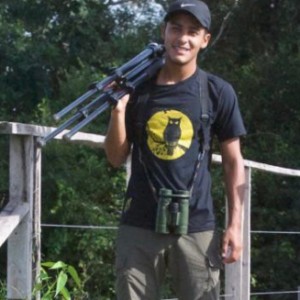
Jorge is a national guide of Ecuador, who graduated from the University of Tourism Specialties of Quito (UDET). He lives Northwest of Pichincha near Mindo in the cloud forest. He loves the area because he can improve his birds' calls daily, and he considers himself lucky to have a family dedicated to conservation through bird watching. Guiding is his full-time job, and he enjoys traveling and birding in different areas of the world. Jorge has been with Neblina Forest for more than 15 years. He guides our groups in Colombia, Ecuador, and the Galápagos Islands.
Other trips with Jorge Luna
Essential Information +
Pace & Protocols +
Packing List +
Suggested Reading List +
Useful Links +
Photo credits: Banners: Yellow-rumped Cacique (NJ Stock), Green-crowned Woodnymph (courtesy of Neblina Forest), Cotopaxi National Park (NJ Stock), Green Honeycreeper (NJ Stock) Thumbnails: Andean Condor (NJ Stock), Red-headed Barbet (NJ Stock), Black-tailed Trainbearer (NJ Stock), Golden-rumped Euphonia (NJ Stock), Turquoise Jay (NJ Stock), Giant Hummingbird (NJ Stock), Silvery Grebe (NJ Stock), Blue-and-yellow Tanager (NJ Stock)





